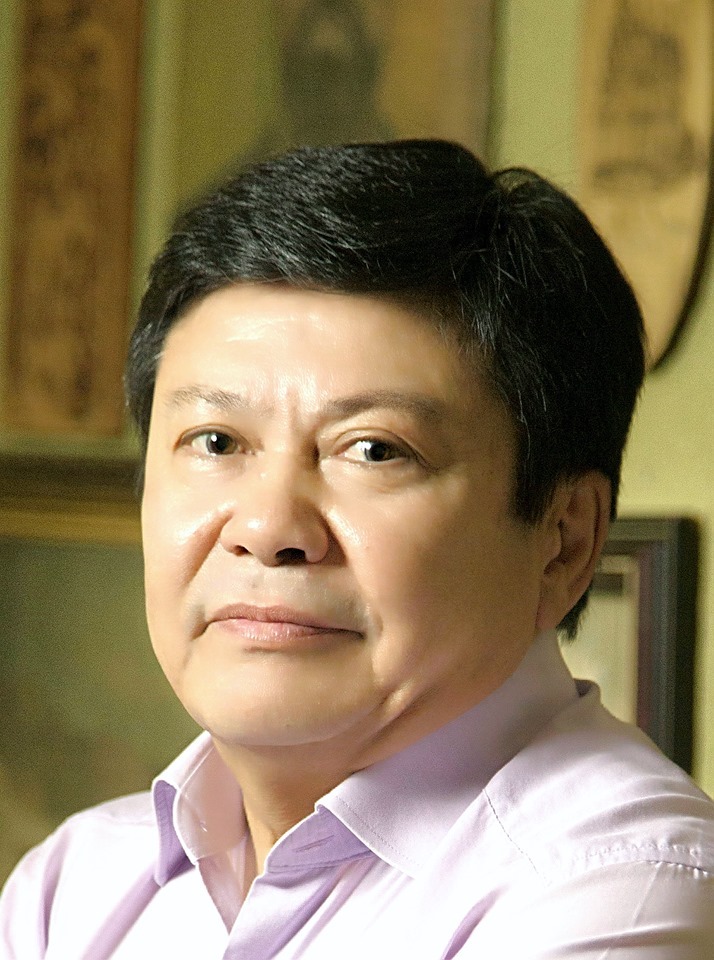Back 2017, Nursultan Nazarbayev endorsed the order on transition of the Kazakh language from the Cyrillic alphabet to the Latin alphabet until 2025. The key reason was the desire to extend the boundaries of the Kazakh language in the world, where information flows are built around the Latin language. The next president, Kasym-Zhomart Tokayev, supported the idea, but postponed the transition until 2031. See the material of CABAR.asia about the relation between the change in the script and the decolonisation.
The attempts made by Kazakhstan to shift from the use of Cyrillic symbols had started long before the 2017 decree by Nursultan Nazarbayev. Thus, for example, there is the Preliminary analytical review by the ministry of education dated 2007, which says that the Latin script will mean “the change of the Soviet (colonial) identity to the sovereign (Kazakh) identify for Kazakhs.” The reform was explained by the discrepancy between spelling and pronunciation in the modern Kazakh language. But why after so many years no shift happened?
The politics of symbols

According to the author of three volumes of “Situational Kazakh”, Kanat Tasibekov, despite the fact that transition to the Kazakh language is based mainly on linguistic problems, the lack of specific decisions is partially related to politics.
“Talks about the Latin alphabet have been held for a very long time: not even from the sovereignty date, but from 1989, when the Kazakh language was recognised as the state language in the Kazakh SSR. Why does everything end with talks? Because the language and script are directly related to political processes. And the lengthy period of transition is directly related to the fact that we have to manoeuvre with caution so that the neighbours using the Cyrillic script do not take the transition from the Russian language as an unfriendly gesture,” Kanat Tasibekov said.
The member of the National Commission on shifting from the Kazakh alphabet to the Latin script, Rymbek Izgali, on the contrary, does not think that the process is delayed. He said that each of suggested options of the new alphabet was analysed not only in terms of aesthetics, but also how it will be used in future. Linguists have visited Turkey, Uzbekistan and Azerbaijan – the countries, which have already performed the same transition within the shortest time, and which have faced difficulties. In addition to the expert opinion, they have given their unanimous advice – take your time.

“After five years of discussion, detailed practical works have started: even the simple keyboard layout requires long study and approval. The process is not delayed, it is at the stage of research of the data collected and finding a solution to issues revealed during discussions and meetings of scientists,” Rymbek Izgali said.
The need to define the phonetics of the language in symbols more accurately has not gone anywhere these years and has even increased. According to Kanat Tasibekov, at first, the words borrowed from the Russian language were attempted to be adapted to the norms of the Kazakh language: for example, the word “tarelka” (plate) was spelled as “tarelke”. Then they were so many that it ‘broke the immunity’ of the language: even native speakers developed an accent because they got used to a different articulation.
“When we shift to the Latin script, this problem will be gone: we take words from the donor language, adapt them to our phonetics and spell them the Latin script. Then we get our Kazakh word. It works the same for all other languages. If we remain in Cyrillic script, it would be impossible as 90 per cent of borrowing come from the Russian language and then get adapted. And then the Kazakh language becomes a sort of simulacrum,” Kanat Tasibekov said.
Director of the Centre for Turkic Runic Alphabet ‘Kaganica’ Yerlan Yespenbetov also thinks that the Kazakh language modernisation is long due. But he is sure that the transition to the Latin script will be a waste of time: the Runic alphabet (the adapted Orkhon-Yenisei script used in Central Asia to make records in Turkic languages in the 8th-10th centuries – Editor) will solve the current problems more effectively.

“The Latin script is uncomfortable as it does not take into account the Turkic vowel harmony. Turkic runes are the perfect match as they were created for that,” Yespenbetov explains his position. “When a word is written in runes, it can be read differently, taking into account all specific sounds of each of Turkic languages. Moreover, runes show the word etymology, which is our culture, our identity. And also the runic alphabet will visually promote our culture. When seeing it, tourists will think, “Wow, they are the descendants of the Turkic Kagans, they are the descendants of the warriors of Genghis Khan.”

Theoretically, any script can be considered for the replacement of the Cyrillic script. But supporters of the Cyrillic script remind that it will not be something new. First, the Kazakh language was once latinised – from 1929 to 1938 the country used the Yanalif, or the New Turkic alphabet created as part of the Soviet project to remove Arabic-based alphabets. And second, the Latin script is familiar to most modern people in any part of the world. Thus, Rymbek Izgali makes an example of the 2000s, when everyone wrote short messages in Latin script both in Russian and Kazakh languages, and used only nine buttons of the keypad phones – no one ever had problems with that. And now, according to him, information technologies allow to make up more creative variants. According to Kanat Tasibekov, the Latin script will not be a problem for the older generation. According to him, any old woman can read the name of Halyk Bank and understand it.
The politics of meaning
In addition to purely linguistic difficulties, supporters of the refusal of the Cyrillic script often speak about the intention to integrate into the progressive world and get rid of the influence of the Tsar and Soviet politics on the people’s consciousness.
“The Latin script is used by almost all countries. The Chinese did not quit their hieroglyphs, but they use the same QWERTY-keyboard computers and they type their hieroglyphs while using Latin keys,” Tasibekov said. “In their case, transition to the Latin script means the loss of knowledge that have accumulated for millennia. It’s much easier with Kazakhstan….Yes, the Russian language is rich and great, and it cannot be removed from the history. But English is the language of science and technology. This is the global level league. Russian language is the ex-Soviet league.”
Despite this position, the author of the “Situational Kazakh” does not relate the rejection of the Cyrillic script with the processes of decolonialism that gains momentum in the Kazakh society.
“Decolonisation, alliance of the Turkic world is not the right thing, in my opinion. When they speak about some Turkic union, I always make an example of a family. You have five or six family members,” Tasibekov said. “Do you have equally good relationships with all? Turkic languages do have much in common and common script will surely help in uniting. We are relatives, children of one ancestor, but now each of us has their own destiny and own interests. Being one big and united family is a utopian idea.”
Yerlan Yespenbetov does not support the idea of removing the Cyrillic period from the history of the Kazakh language, too. But he thinks that the idea of revival of the Turkic culture and unity is quite feasible. Not in terms of creation of the single state, but in terms of preservation of the memory about ancestors and establishing relationships with other Turkic nations.“When I started to study Turkic runes, I spoke very little Kazakh language. But then I tried to read ancient texts and realised that once ancient Turks had a great impact on their neighbours,” he said. “Then, they refused their script, their steppe philosophy. They themselves came under the influence of other countries and lost their greatness.”
But we cannot speak only about the greatness of ancestors, Yespenbetov said. We need to take their mistakes into account and speak about them. According to him, Kazakhstan was colonised by the Russian empire, which, in turn, was in fact colonised by Europeans. The history tells us that the noble men did not speak Russian at all, while royal dynasties in fact consisted of descendants of the European rulers.
“The Soviet Union continued to pursue this policy, but under a different slogan. Our exemption from Moscow was quite democratic and now we need to avoid further influence. We have our own history, culture and alphabet. We have much in common with other Turkic nations – we have a bridge than can unite us. Kazakhstan must remain Kazakhstan, just like other Turkic countries. But we have to retain our cultural ties. We should not divide, but find things in common,” said Yerlan Yespenbetov.
According to him, runic symbols can change the minds and help the nation to decolonise. Because it is not just the alphabet for the Turks, but these symbols are closely tied to clan tamgas, and most of people know not only their tamgas, but also their family tree.
It has much impact on the self-perception of a person: they feel themselves as part of something bigger, Yespenbetov said. Besides, it influences the understanding of the history: people who know runes can easily read monuments and learn about their contexts.
Main photo: qmonitor.kz

